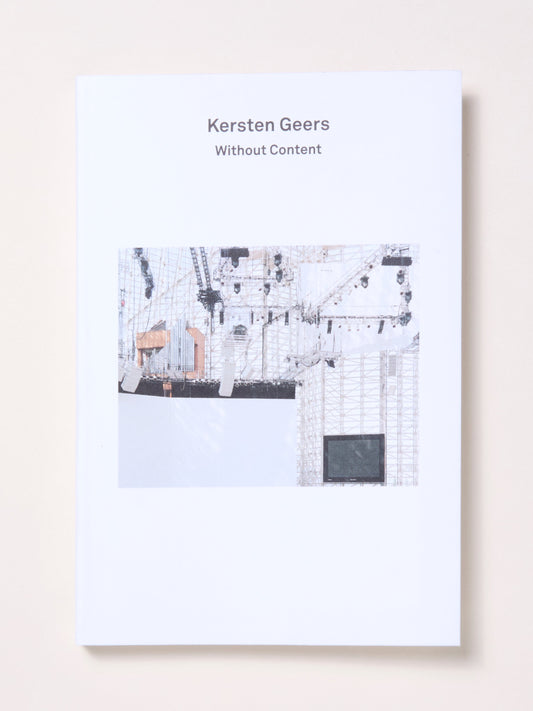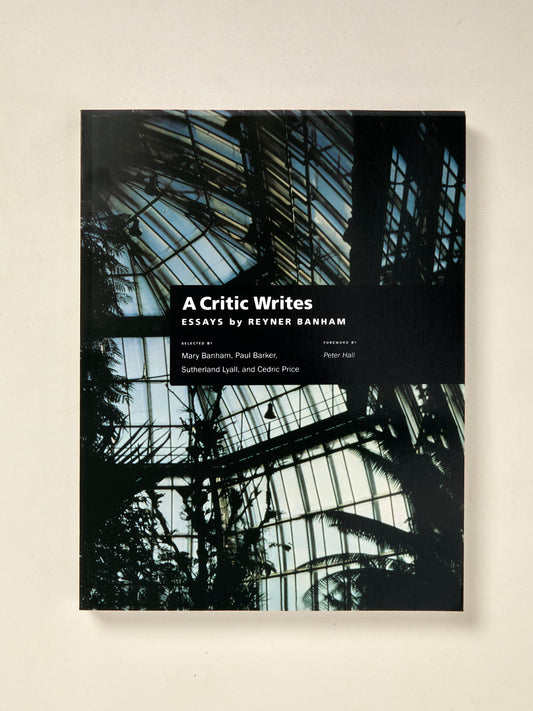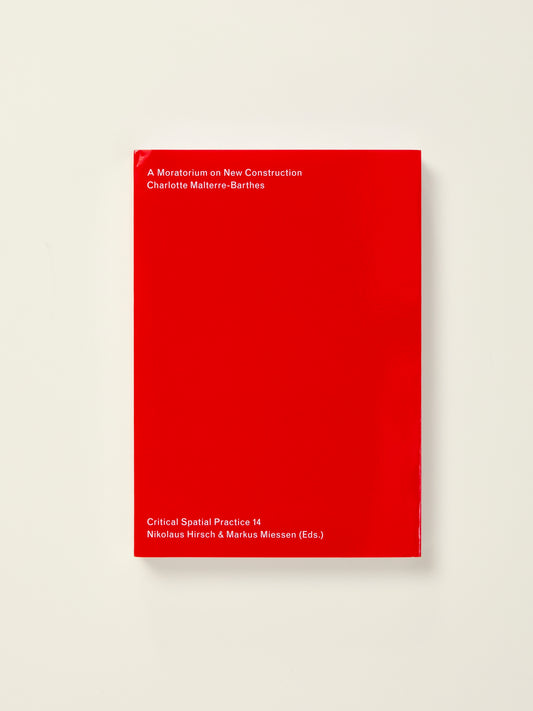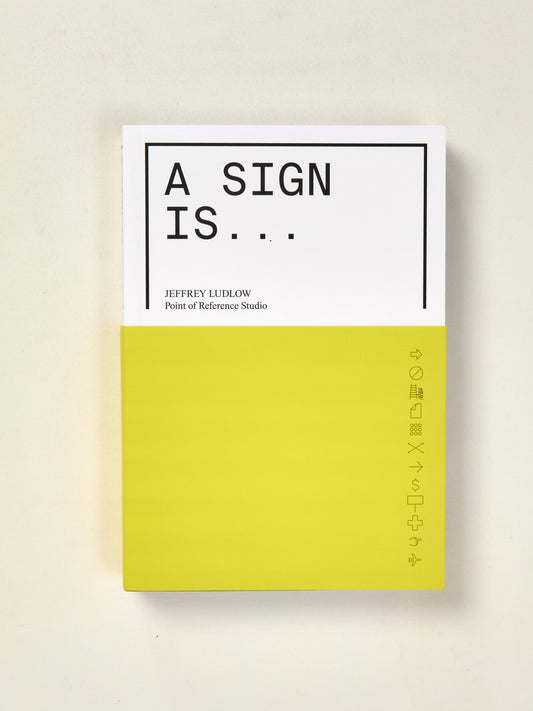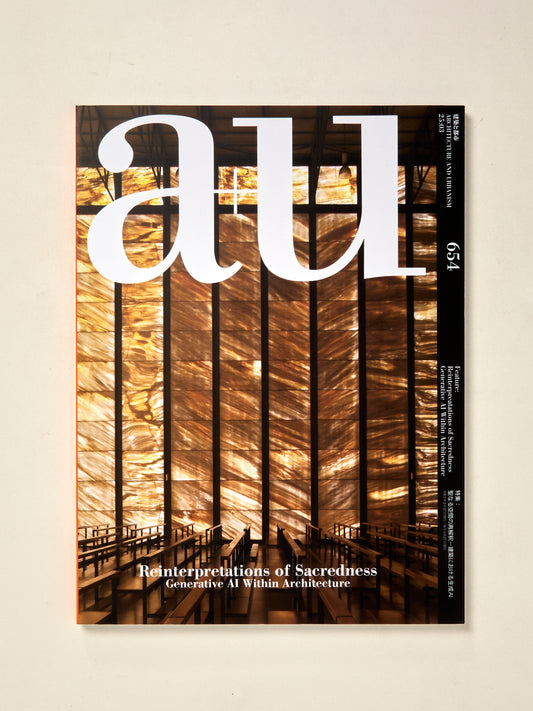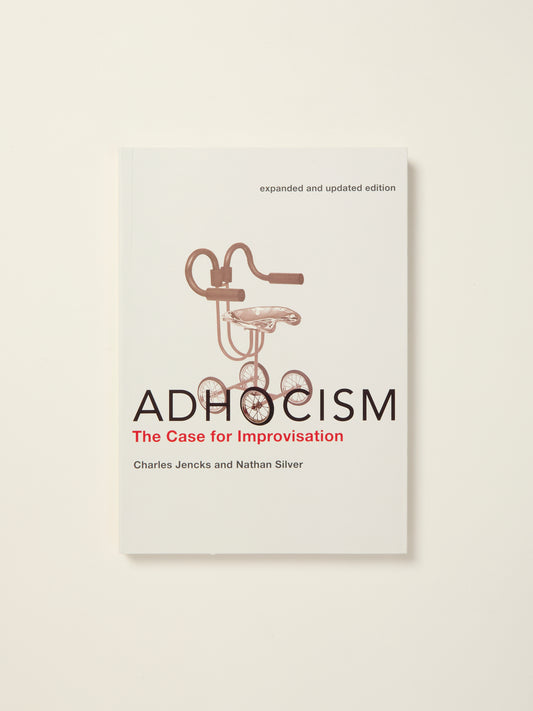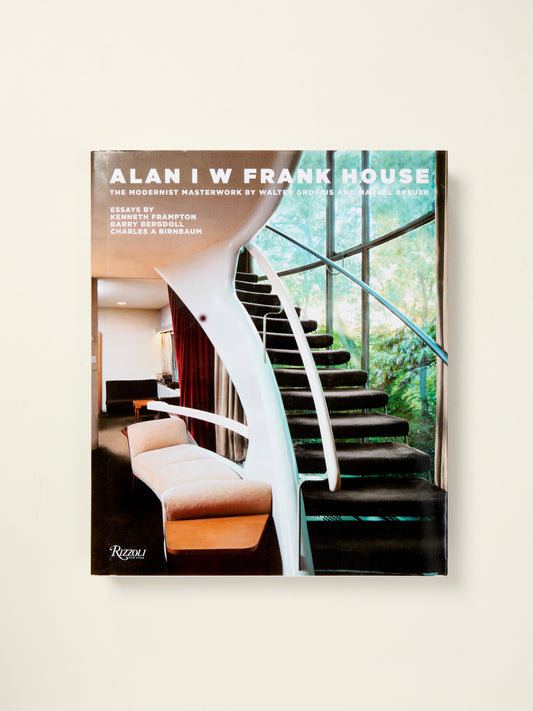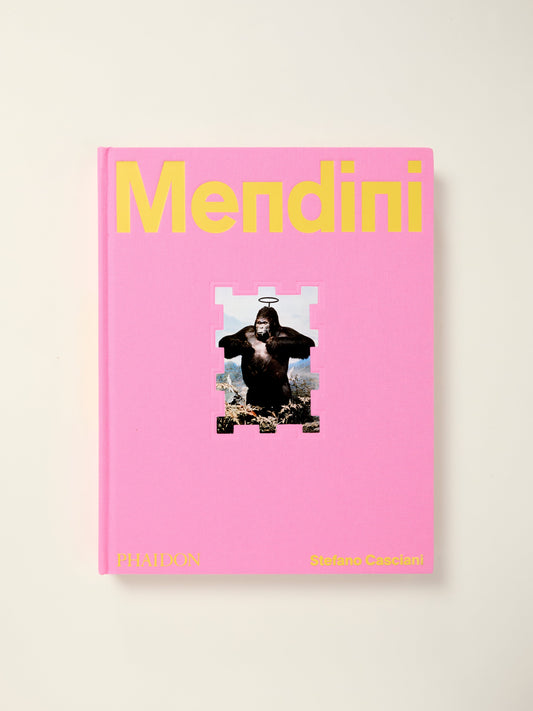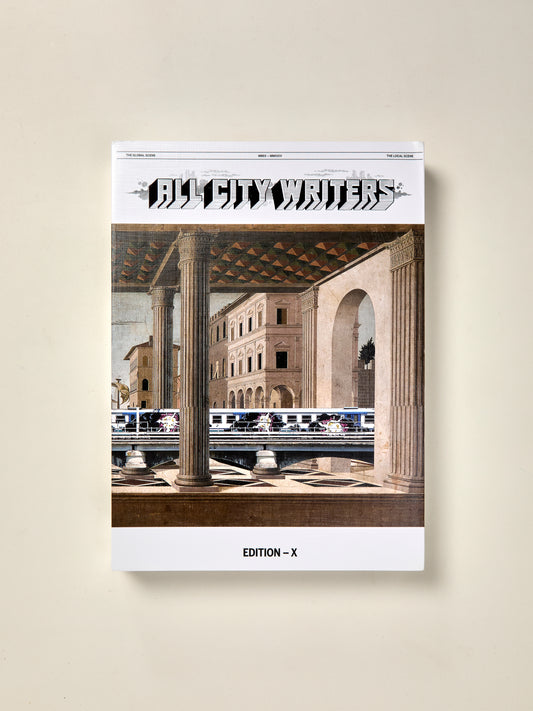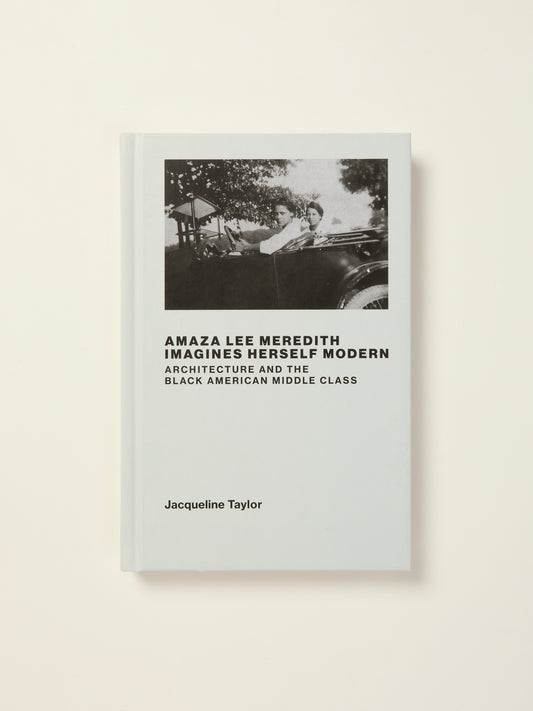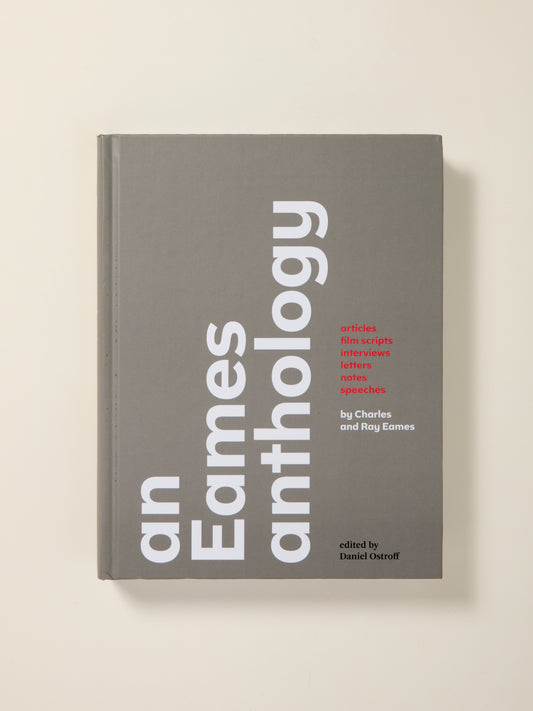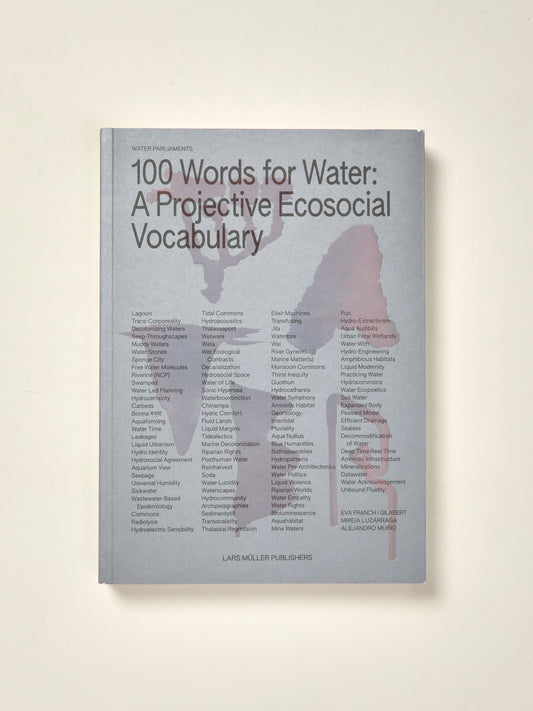
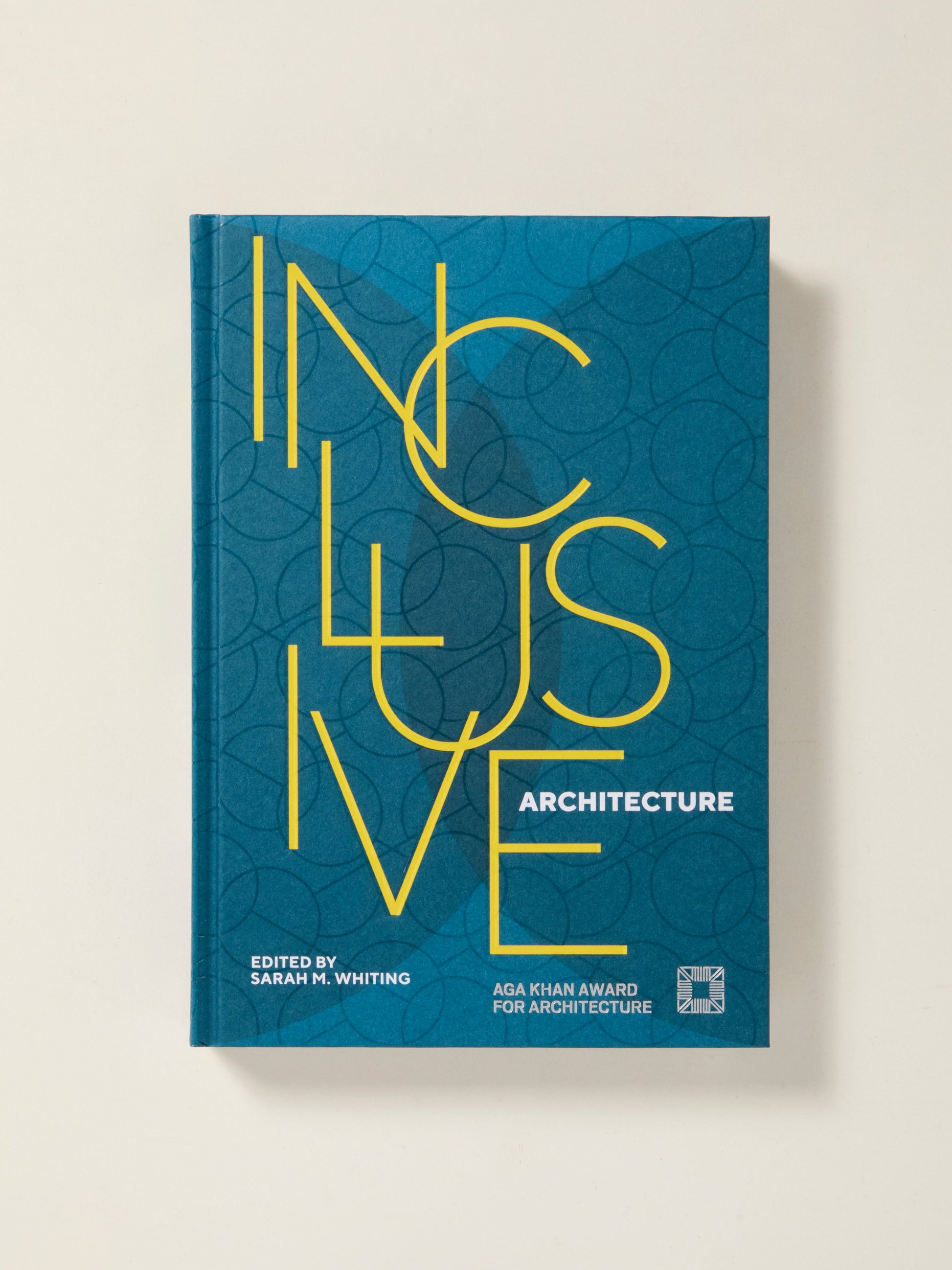
Inclusive Architecture: Aga Khan Award For Architecture
Inclusive Architecture: Aga Khan Award For Architecture
The Aga Khan Award for Architecture’s mandate is different from that of many other architecture prizes: it not only rewards architects but also identifies municipalities, builders, clients, artisans and engineers who have played essential roles in the realization of a project. This publication thus presents the projects from various viewpoints alongside detailed and up-to-date images and descriptions.
The acclaimed, interdisciplinary master jury and steering committee of this cycle of the Aga Khan Award for Architecture that determines the projects presented include David Chipperfield, Francis Kéré, Anna Lacaton, Marina Tabassum, and Sarah M. Whiting, to name but a few. Scholarly essays across various disciplines from members of the master jury and steering committee round out the publication. Contributions include a text on the optimism of humanity by Souleymane Bachir Diagne, director of the Institute of African Studies, Columbia University, and a contextualization of Modern Architecture in the Muslim World by Sibel Bozdoğan of Boston University. Kazi Khaleed Ashraf, director-general of the Bengal Institute for Architecture, Landscapes and Settlements, in Dhaka, Bangladesh, writes on the perspective of the dialogical, while Nasser Rabbat, the Aga Khan Professor at MIT, shares notes on architecture as a humanist empire. The texts also include a Salon des Refusés by Nader Teherani, founding principal of Boston-based architecture firm NADAAA.
The texts, which come from a wide range of geographies, are informative and descriptive, often striking an emotional note. Together with the project presentations, the publication thereby guides the reader through a contemplation of an architectural question of increasing urgency in our current times of crisis: how to build ethically for our shared global future.
With contributions by Kazi Khaleed Ashraf, Sibel Bozdoğan, Souleymane Bachir Diagne, Farrokh Derakhshani, Nasser Rabbat, Nader Teherani, and Sarah M. Whiting.
- Filed in
- Architecture
- History & Theory
